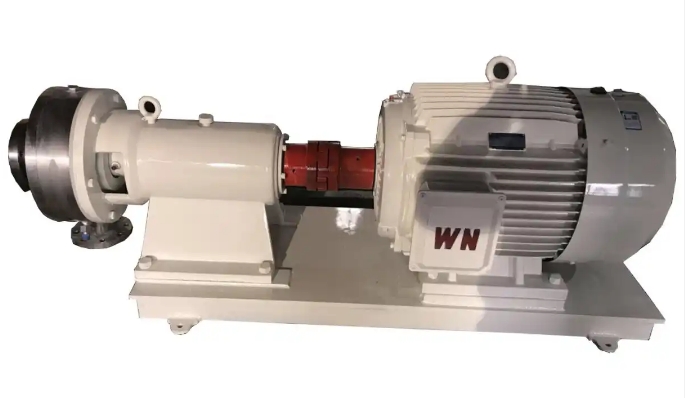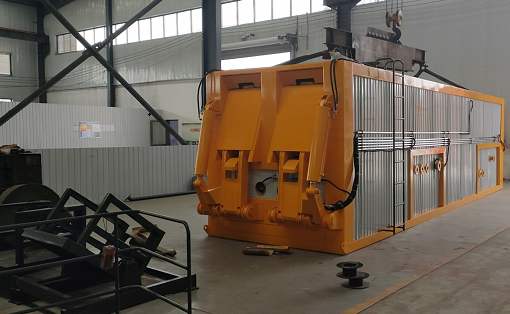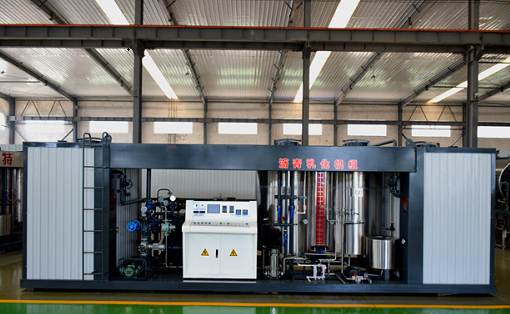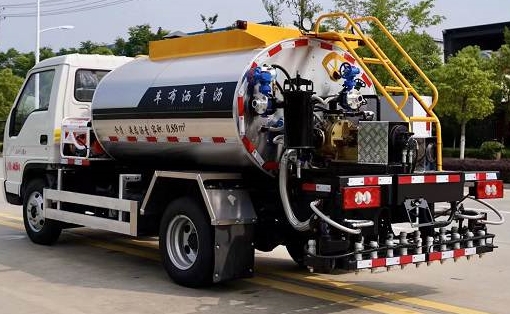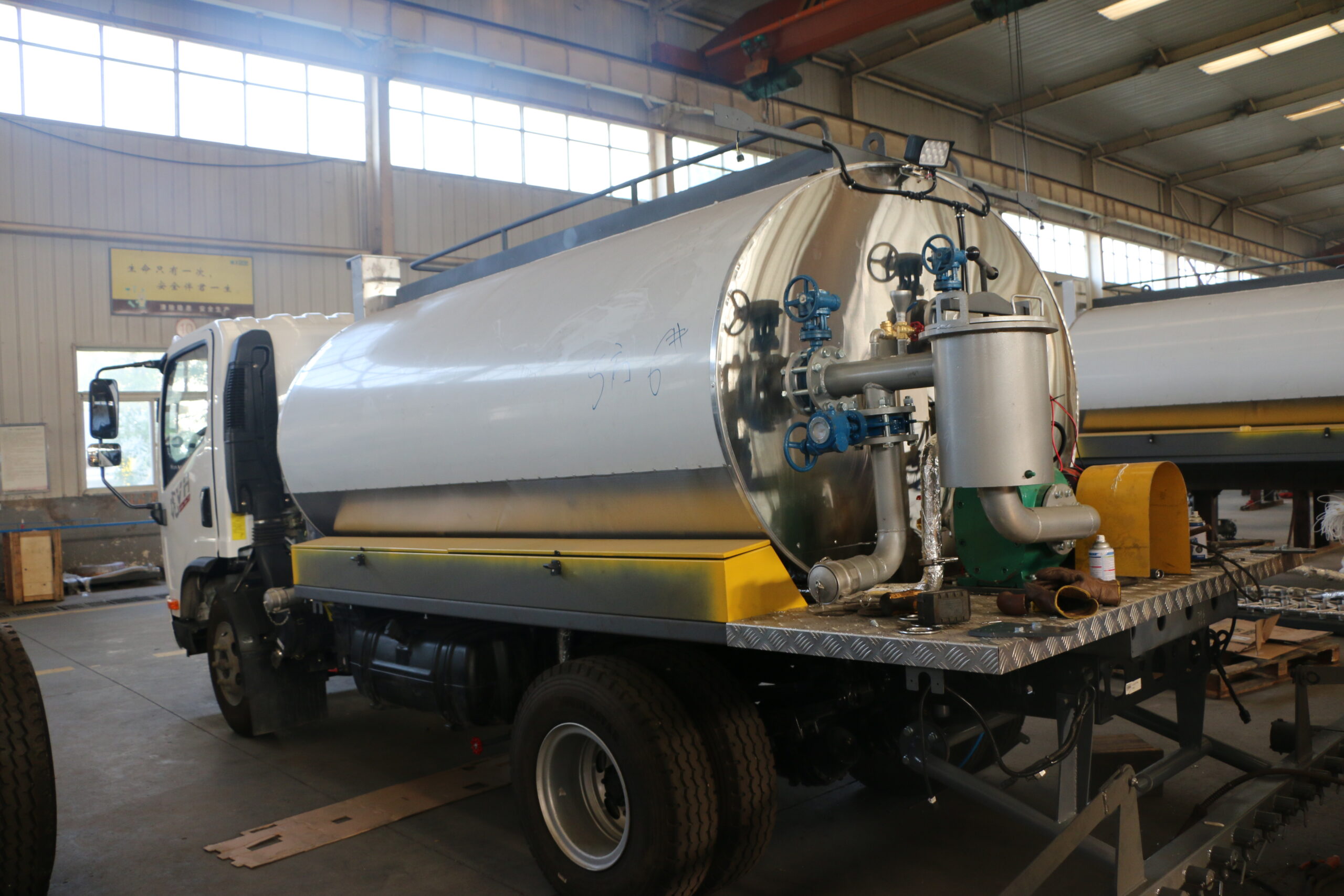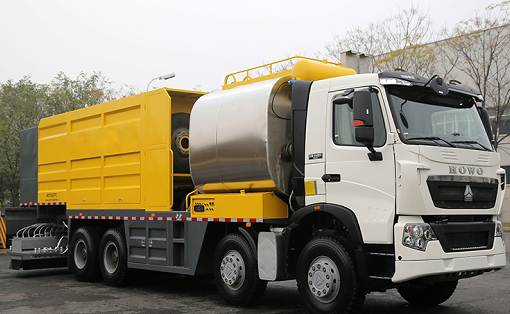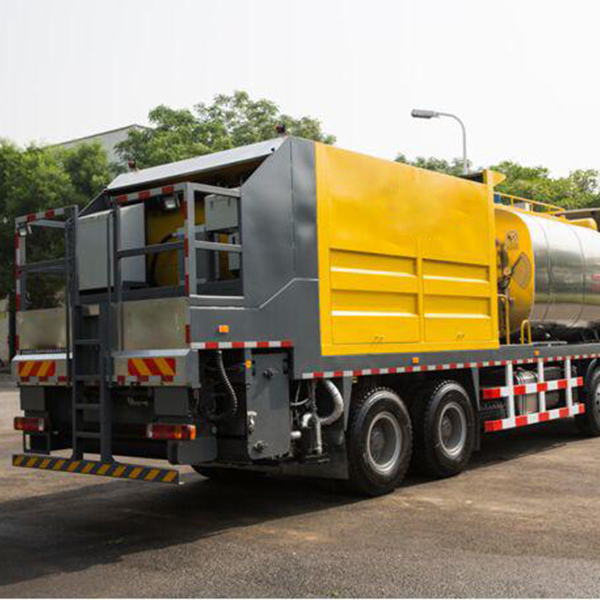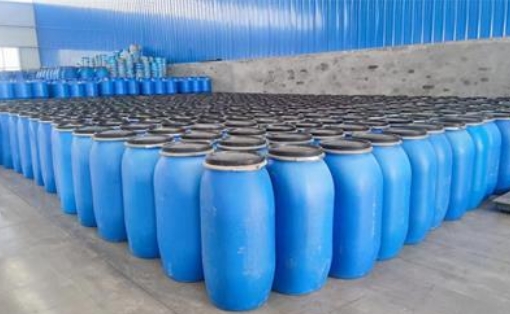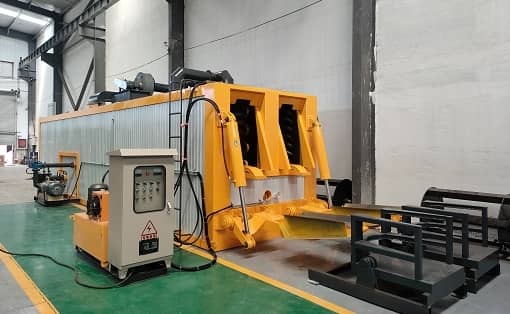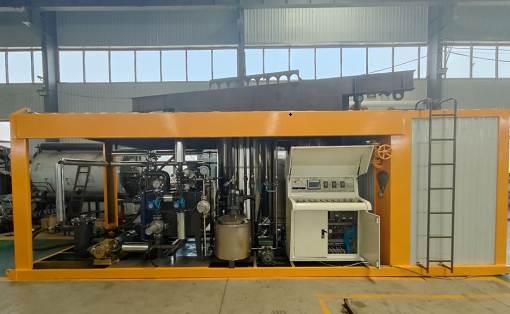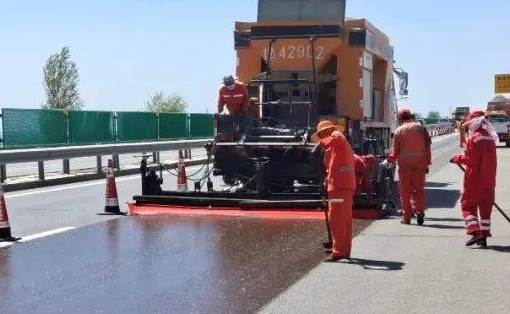The hydraulic bitumen decanter equipment produced by our company uses thermal oil as the heat carrier and has its own burner for heating
The hydraulic bitumen decanter equipment produced by our company uses thermal oil as the heat carrier and has its own burner for heating. The thermal oil heats, melts, debarks and dehydrates the asphalt through the heating coil. This device can ensure that the asphalt does not age, and has the advantages of high thermal efficiency, fast barrel loading/unloading speed, improved labor intensity, and reduced environmental pollution.
The hydraulic bitumen decanter equipment produced by our company uses thermal oil as the heat carrier and has its own burner for heating. The thermal oil heats, melts, debarks and dehydrates the asphalt through the heating coil. This device can ensure that the asphalt does not age, and has the advantages of high thermal efficiency, fast barrel loading/unloading speed, improved labor intensity, and reduced environmental pollution.
This bitumen decanter equipment has fast barrel loading, hydraulic barrel loading and automatic barrel discharge. It heats up quickly and is heated by two burners. The barrel removal chamber uses heat transfer oil as the medium to dissipate heat through fin tubes. The heat exchange area is larger than that of traditional seamless tubes. 1.5 times. Environmentally friendly and energy-saving, closed production, using thermal oil and waste heat of waste gas discharged from the thermal oil furnace to heat barrel removal, the asphalt barrel removal is clean, and no oil pollution or waste gas is produced.
Intelligent control, PLC monitoring, automatic ignition, automatic temperature control. Automatic slag cleaning, the filter screen and filter are combined, with internal automatic slag discharge and external automatic slag cleaning functions. Automatic dehydration uses the heat emitted by heating the thermal oil to reheat the asphalt and evaporate the water in the asphalt. At the same time, a large-displacement asphalt pump is used for internal circulation and stirring to accelerate the evaporation of the water, and the induced draft fan is used to suck it away and discharge it into the atmosphere. , to achieve negative pressure dehydration.



